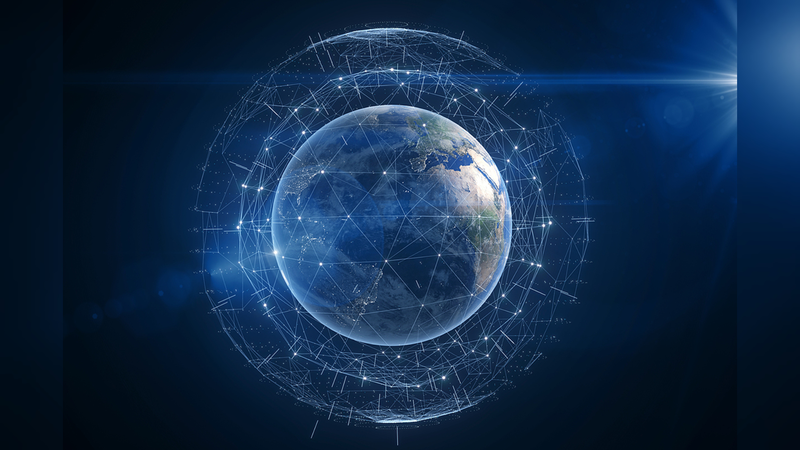Space exploration is a search for knowledge that transcends borders. As United Nations Office for Outer Space Affairs director Aarti Holla-Maini reminds us, “Space and the exploration of space is meant to be, according to the Outer Space Treaty, for the benefit of all mankind.” Yet geopolitical tensions—like the United States urging allies to avoid Chinese space initiatives—haven’t stopped nations from seeking collaboration with China to advance scientific discovery and disaster response.
Harnessing Satellite Data for Global Safety
When a magnitude-7.9 earthquake struck Myanmar on March 28, China turned to over 30 satellites—the Gaofen, Ziyuan, and Jilin series—to map more than 480 disaster sites within 120 kilometers of the epicenter near Mandalay. These high-resolution images, shared rapidly, demonstrate how pooling satellite data can save lives and protect communities.
China’s Fengyun meteorological satellites now support weather forecasting, climate prediction, and natural disaster monitoring for 133 countries and regions, according to the China Meteorological Administration.
Shared Missions, Shared Risks
Low Earth orbit satellites are not only reshaping Earth observation and global communications—they’re also key to monitoring near-Earth objects and planning coordinated mitigation. “An efficient monitoring of near-Earth objects, certainly early detection, and then a globally coordinated mitigation strategy,” says Christopher Feichtinger, executive director of the International Astronautical Federation.
At the 2nd International Deep Space Exploration Conference, Tan Yuhua, deputy chief designer of Changée-7, invited major observatories worldwide to jointly observe asteroid targets, paving the way for future asteroid defense missions.
China’s Open Space Station
Excluded from the International Space Station, China built its own China Space Station (CSS) and opened it to the world. In partnership with UNOOSA, nine international experiments from 17 countries are already onboard. The China Manned Space Agency reports over 1,000 research projects planned in the next decade, spanning scientific outreach, technological innovation, and international collaboration.
“The projects we collect via the United Nations are going on. The China-Europe joint projects are going on. And we are expanding more international cooperation,” says Zhang Wei from the Space Application Center at the Chinese Academy of Sciences.
From the Moon to Mars: International Lunar Science
China’s International Lunar Research Station is taking shape. At the recent IDSEC, China and Senegal signed a cooperation agreement to train space scientists and build infrastructure. “Being part of a very big international cooperation project is the best way to interest the next generation in space science,” explains Maram Kaire, director general of the Senegalese Agency for Space Studies.
The Changée-6 mission carried four international payloads, including Pakistan’s first CubeSat and a French DORN instrument. “Together with my team in France and in China, we have now an instrument on the far side of the moon—and it will stay there forever,” says Pierre-Yves Meslin of the DORN project.
Ten more international projects are set to join the Changée-8 mission, targeting the Leibnitz-Beta Plateau near the moon’s south pole around 2029.
Commercial Space Goes Global
On November 11, 2024, China’s Lijian-1 carrier rocket launched a remote-sensing satellite for Oman, developed by Omani startup Oman Lens, Star.Vision Aerospace, and an Omani investment company. This marks the first time a Chinese commercial space enterprise has provided launch services to an international client.
As space exploration evolves, nations recognize that thinking globally is not just aspirational—it’s essential. “When you fly into space, you see the Earth as a unity, as a home for all of us,” says Dumitru-Dorin Prunariu, Romania’s first astronaut. With shared goals beyond Earth, international collaboration is humanity’s best path forward.
Reference(s):
cgtn.com




